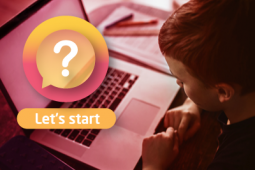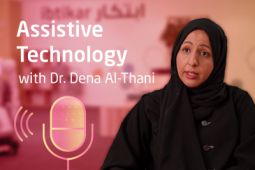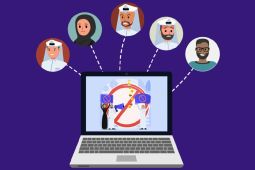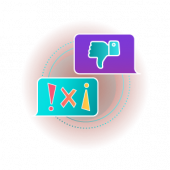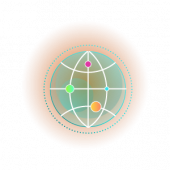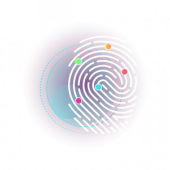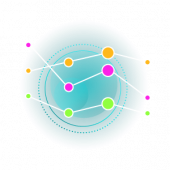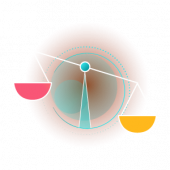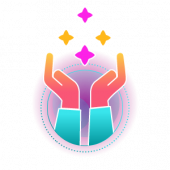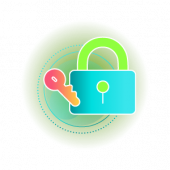How can I use the internet safely for my special needs child.
What Is Digital Inclusion?

Digital inclusion refers to the activities necessary to ensure that all individuals and communities, including the most disadvantaged, have access to and use of Information and Communication Technologies (ICTs) as well as the digital skills that will enable them to use digital tools so they can achieve their social and economic integration. Digital inclusion includes 5 key components:
- Affordable and reliable internet service
- Internet-enabled devices that meet the needs of the user
- Access to digital literacy training
- Quality technical support
- Applications and online content designed to enable and encourage self-sufficiency, participation, and collaboration
According to a UN report, almost half of the world's population has access to the Internet and uses it, while the other half does not.
Worldwide, more than a billion new Internet users have been registered between the years 2016 and 2020, but significant digital disparities remain between countries, communities, and populations who are connected and those who are not sufficiently connected; meaning they are digitally excluded.
Digital exclusion affects underdeveloped countries, low-income households, minorities, elderly and/or rural populations, women, and those who lack internet access or IT skills, those with special needs, poor areas, or even a location poorly served by the infrastructure required.
The right to inclusivity
Digital exclusion impacts an individual’s rights, such as the right to work, access to public services and information, civic participation. Connected populations and communities enjoy the freedom to take action; they have access to information, online health services, and disaster alerts that can save lives. In addition, they can use their mobile phones to buy goods and services, stay in touch with loved ones, improve their productivity, and succeed at getting better-paying jobs that require digital skills.
Few examples of how governments and the private sector can strengthen the inclusiveness of countries and people
- In Africa and the Asia-Pacific region, a large number of initiatives have been taken to provide the public with affordable Internet access in underserved areas, using fixed, mobile or satellite technologies.
- Privatization, competition, and the presence of strong operators in Mali have resulted in more affordable prices and therefore an increase in the number of mobile phone subscriptions.
- The Colombian government has set up a "Subsidy Program for Low-Income Households", which includes a subsidy mechanism to enable low-income households to benefit from fixed Internet access. In addition, Colombia connects schools in rural areas using satellites, with the assistance of the private sector.
- The Government of India has set up an online gateway to public information and on-demand services, which provides access to suitable local content, such as services for obtaining identity and passport cards and for finding a job, as well as various information and services relating to taxation and retirement.
- To improve digital skills while simultaneously ensuring quality education for all, Kenya has implemented a digital learning program to advance primary education.
The digital inclusion strategy in Qatar
Inclusion efforts in Qatar started in 2014 with a digital inclusion strategy reaching out to all sectors of society. As such, a program of digital awareness was implemented to secure access to modern technology and necessary training and support for all members of society.
The strategy identified six categories of people at risk of digital exclusion:
- Non-working Qatari women and women with low ICT skills
- School dropouts/students who did not progress to higher education and young people with low ICT skills
- Small communities outside Doha
- Elders and retirees
- People with special needs
- Low-skilled laborers
Under this initiative, women were provided with a set of basic skills to enable them to use ICT. The initiative also increased women’s awareness of social media as a channel to promote small businesses, raised awareness of e-government services such as the Hukoomi portal, and improved women’s ability to access those online services.
By adopting relevant digital strategies nationwide, digital rights defenders can push for digital inclusion and governments can support inclusivity. A different, more inclusive future for digital rights is possible if proactive steps are taken to address challenges related to skills, and digital exclusion especially in the workplace.
@2x.png)


